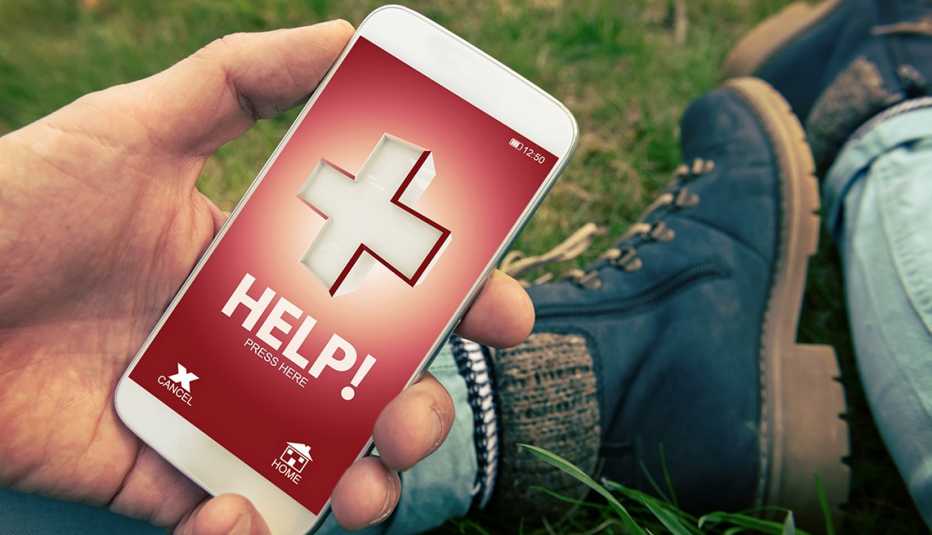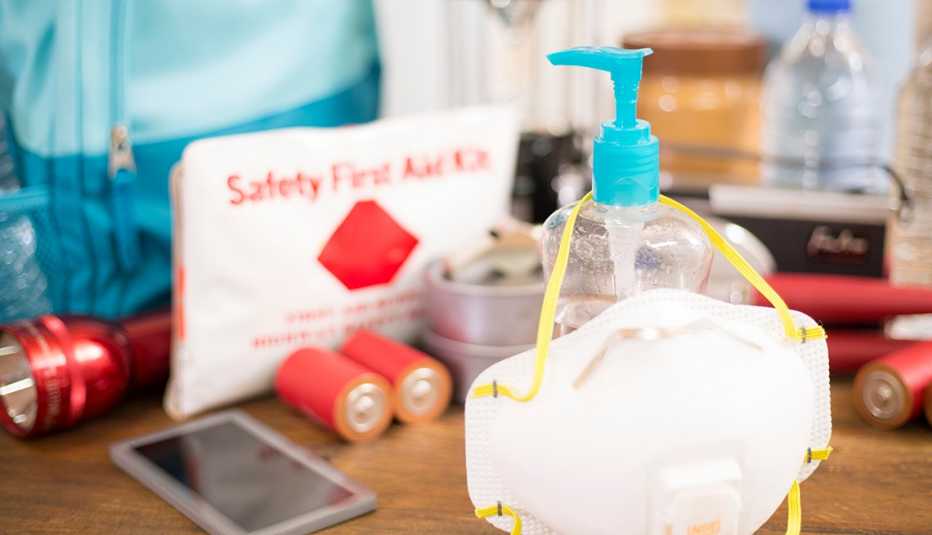AARP Hearing Center
Kimberly Smith: It was a day like any other. I’d just made my deliveries at an apartment complex in Colorado Springs and was heading to my truck when I realized I had forgotten to scan one package. So, I turned back.
The manager’s office was empty. That was unusual, but finally one of the managers appeared, soaking wet. I could see from the look on her face that something traumatic had happened. She said, “Smitty, do you know CPR?” And I said, “Yes,” and ran with her to the pool area, where I saw a young woman lying facedown on the patio, with people standing around her. Her skin was pale, yellow, a little purplish. A boy — her brother, I later found out — knelt near her head.
I almost panicked, but then I said to myself, Just do it, Smitty! I blocked out everything else. I had learned CPR during my six years in the Army, and I had seen it performed multiple times. I knew that I had the skills to save this young lady, who was just a teenager.
I grabbed her arm, turned her sideways and squeezed as much water out of her lungs as I could. I could see only the whites of her eyes, and she felt frozen. Then I placed her on her back, arms at her sides, and tilted her head back, making sure her airway was clear.
I positioned my hands on her sternum and gave her four or five deep chest compressions, gently but firmly, and started building speed from there. Each time a little faster. Fifteen repetitions. Stop. Wait five, six seconds. Stop. I continued, more rapidly with each round. The whole time, I was crying. I kept my head down, so no one could see me, and quietly whispered to her, “You can’t die today.” Finally, after the third set of compressions, she started to cough up water and breathe. I thought: She’s alive.
As she started to regain consciousness, I could hear sirens in the distance. I left as soon as the paramedics arrived. I was overcome, in shock … dazed. It put me in mind of something that had happened to me when I was just a teenager myself, during my first weeks of basic training. An older gentleman, an officer, came down with heatstroke on a march, and I was ordered to help hold him in a flatbed truck as we rushed him to the medical dispensary for treatment. But the officer went into shock along the way, and he died in my arms. I couldn’t help him. That was the first time I saw anyone die, but not the last. I was so very glad that the young lady by the pool had lived.
Two weeks later, she and I were reunited. I gave her a bouquet of flowers and told her I was glad she was OK. It’s not every day you get to save someone’s life. But it’s a beautiful day when you can.
Kimberly “Smitty” Smith, 66, is a U.S. Postal Service letter carrier who lives in Fountain, Colorado.


































































